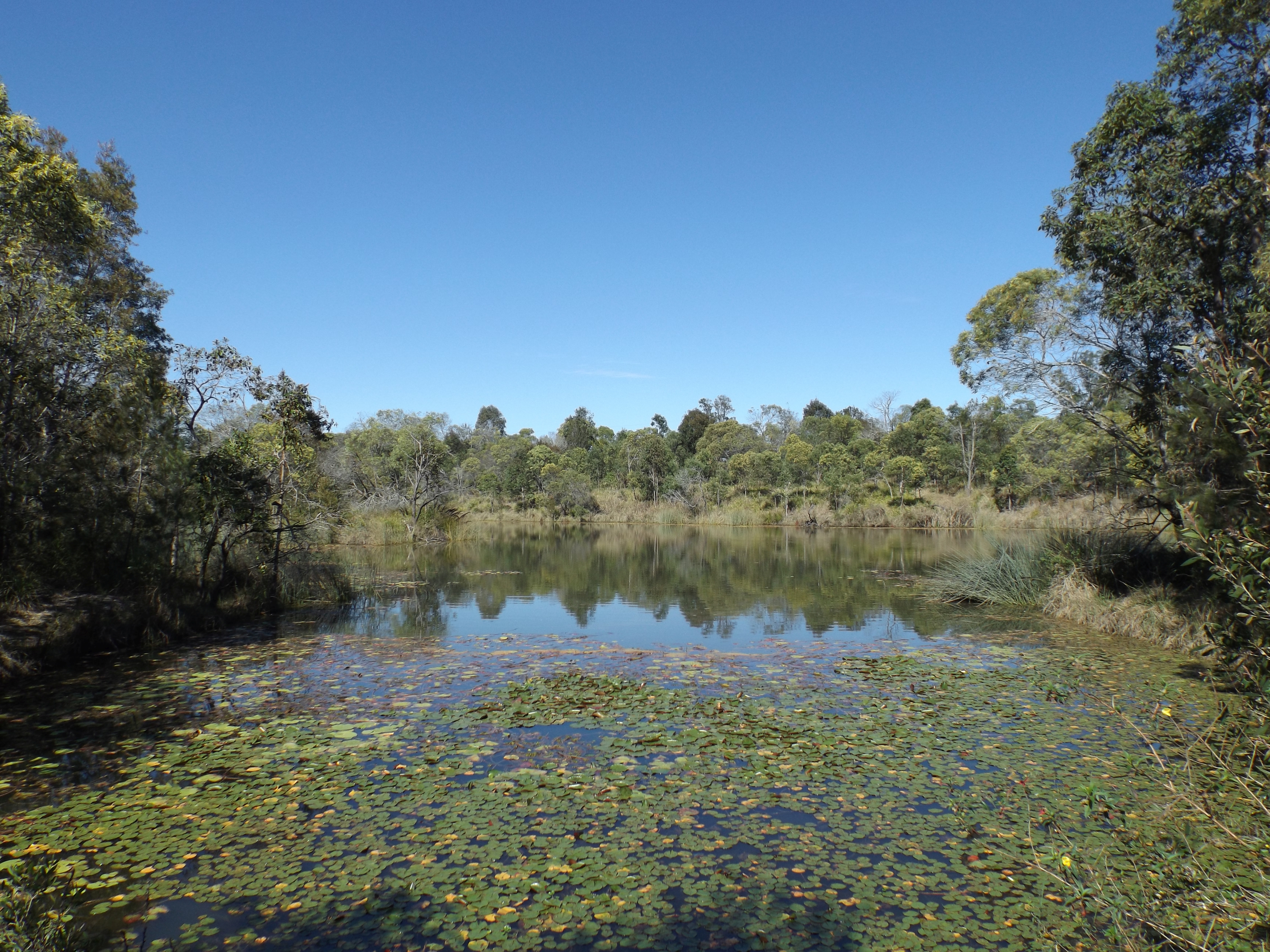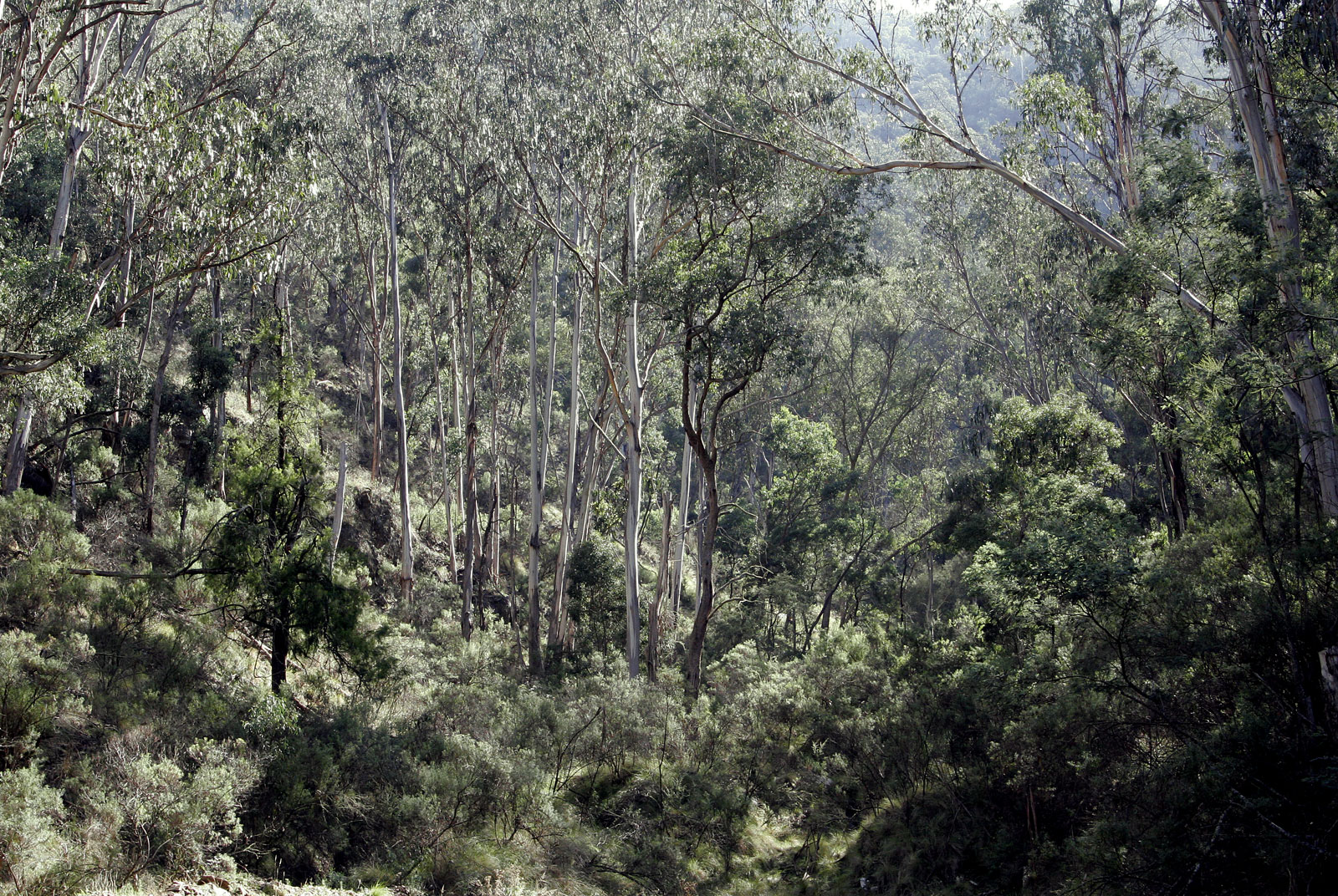|
Nymphaea Kakaduensis
''Nymphaea kakaduensis'' is a species of waterlily endemic to the Northern Territory, Australia. Description Vegetative characteristics ''Nymphaea kakaduensis'' is a perennial aquatic plant with a globose rhizome. The petiolate, oval to oval-elliptic, 15.6-17.4 cm long, and 11.8-16.6 cm wide leaves have an entire, slightly undulate, or sinuate-crenate margin. The adaxial leaf surface is dark green, and the abaxial leaf surface is dark purple. The petiole is brownish-green, and exhibits fused stipules.Hellquist, C. B., Leu, A., & Moody, M. L. (2021)"''Nymphaea kakaduensis'' (Nymphaeaceae), a new species from the northern portion of the Northern Territory, Australia."Telopea, 24, 267-275. Generative characteristics The 5.5–10.5 cm wide, fragrant, cupped flowers extend above the water surface. The white, pink, brown, or green sepals are 3–6 cm long, and 1–2.6 cm wide. The 14-27 ovate–elliptic, white, more rarely blue, or pinkish petals are 2–5 ... [...More Info...] [...Related Items...] OR: [Wikipedia] [Google] [Baidu] |
Carl Barre Hellquist
Carl may refer to: *Carl, Georgia, city in USA *Carl, West Virginia, an unincorporated community * Carl (name), includes info about the name, variations of the name, and a list of people with the name *Carl², a TV series * "Carl", an episode of television series ''Aqua Teen Hunger Force'' * An informal nickname for a student or alum of Carleton College CARL may refer to: *Canadian Association of Research Libraries *Colorado Alliance of Research Libraries See also *Carle (other) *Charles *Carle, a surname *Karl (other) *Karle (other) Karle may refer to: Places * Karle (Svitavy District), a municipality and village in the Czech Republic * Karli, India, a town in Maharashtra, India ** Karla Caves, a complex of Buddhist cave shrines * Karle, Belgaum, a settlement in Belgaum ... {{disambig ja:カール zh:卡尔 ... [...More Info...] [...Related Items...] OR: [Wikipedia] [Google] [Baidu] |
Michael L
Michael may refer to: People * Michael (given name), a given name * Michael (surname), including a list of people with the surname Michael Given name "Michael" * Michael (archangel), ''first'' of God's archangels in the Jewish, Christian and Islamic religions * Michael (bishop elect), English 13th-century Bishop of Hereford elect * Michael (Khoroshy) (1885–1977), cleric of the Ukrainian Orthodox Church of Canada * Michael Donnellan (1915–1985), Irish-born London fashion designer, often referred to simply as "Michael" * Michael (footballer, born 1982), Brazilian footballer * Michael (footballer, born 1983), Brazilian footballer * Michael (footballer, born 1993), Brazilian footballer * Michael (footballer, born February 1996), Brazilian footballer * Michael (footballer, born March 1996), Brazilian footballer * Michael (footballer, born 1999), Brazilian footballer Rulers =Byzantine emperors= * Michael I Rangabe (d. 844), married the daughter of Emperor Nikephoro ... [...More Info...] [...Related Items...] OR: [Wikipedia] [Google] [Baidu] |
Billabong
Billabong ( ) is an Australian term for an oxbow lake, an isolated pond left behind after a river changes course. Billabongs are usually formed when the path of a creek or river changes, leaving the former branch with a dead end. As a result of the arid Australian climate in which these "dead rivers" are often found, billabongs fill with water seasonally but can be dry for a greater part of the year. Etymology The etymology of the word ''billabong'' is disputed. The word is most likely derived from the Wiradjuri term ''bilabaŋ'', which means "a watercourse that runs only after rain". It is derived from ''bila'', meaning "river", It may have been combined with ''bong'' or ''bung'', meaning "dead". One source, however, claims that the term is of Scottish Gaelic origin. Billabongs were significant because they held water longer than parts of rivers; it was important for people to identify and name these areas. [...More Info...] [...Related Items...] OR: [Wikipedia] [Google] [Baidu] |
Jim Jim Falls
The Jim Jim Falls ( Aboriginal: ''Barrkmalam'') is a plunge waterfall on the Jim Jim Creek that descends over the Arnhem Land escarpment within the UNESCO World Heritagelisted Kakadu National Park in the Northern Territory of Australia. The Jim Jim Falls area is registered on the Australian National Heritage List. Etymology The English name "Jim Jim Falls" comes from the local Kundjeyhmi word ''andjimdjim'', referring to the water pandanus (''Pandanus aquaticus''), a native plant. ''Andjimdjim'' (or ''mandjimdjim'' in the neighbouring Kunwinjku language) lines the creek below Jim Jim Falls. Location and features The waterfall descends from an elevation of above sea level via one drop that ranges in height between into a plunge pool within the creek. The falls are located near the eastern boundary of the national park and south of . In the dry season, access from the Kakadu Highway is possible via a gravel road, with the final suitable for four-wheel drive vehicles only. ... [...More Info...] [...Related Items...] OR: [Wikipedia] [Google] [Baidu] |
Kakadu National Park
Kakadu National Park is a protected area in the Northern Territory of Australia, southeast of Darwin. It is a World Heritage Site. Kakadu is also gazetted as a locality, covering the same area as the national park, with 313 people recorded living there in the 2016 Australian census. Water buffalo, which are now an environmental pest, were released in the area in the late 19th century, and missionaries established a mission at Oenpelli (present-day Gunbalanya) in 1925. A few pastoralists, crocodile hunters and wood cutters made a living at various times during the 20th century. The area was given protected status bit by bit from the 1970s onwards. The park is located within the Alligator Rivers Region of the Northern Territory. It covers an area of , extending nearly from north to south and over from east to west. It is roughly the size of Wales or one-third the size of Tasmania, and is the second largest national park in Australia (after the Munga-Thirri–Simpso ... [...More Info...] [...Related Items...] OR: [Wikipedia] [Google] [Baidu] |
Nymphaea Pubescens
''Nymphaea pubescens'', the hairy water lily or pink water-lily, is a species of water lily. Distribution This plant is common in shallow lakes and ponds throughout temperate and tropical Asia: Bangladesh, India, Sri Lanka, Yunnan, Taiwan, Philippines, Cambodia, Laos, Myanmar, Thailand, Vietnam, Indonesia and Malaysia. It is the national flower of Bangladesh. It is also found in northeastern Australia and Papua New Guinea. The hairy water lily is found both as a cultivated plant as well as in the wild. It prefers non-acidic waters and it does not tolerate temperatures below 15 °C. Description The hairy water lily is an aquatic plant having erect perennial rhizomes or rootstocks that anchor it to the mud in the bottom. The rhizomes produce slender stolons. Its leave blades are round above the water and heart-shaped below 15–26(–50) cm, papery, abaxially densely pubescent. Some of the leaves that emerge rise slightly above the water held by their stem in lotus fa ... [...More Info...] [...Related Items...] OR: [Wikipedia] [Google] [Baidu] |
Nymphaea Violacea
''Nymphaea violacea'', also known as blue lily, is a waterlily in the genus ''Nymphaea''. Distribution ''Nymphaea violacea'' is found in Australia, particularly in the Western Australian Kimberley region and in northern parts of Queensland and the Northern Territory. Description The flowers are violet, blue or white. Uses The waterlily is a bush tucker of the Aboriginal people in northern Australia. The tuber, stem, flowers and seeds are all edible. Like other species in the genus, the plant contains the psychoactive alkaloid aporphine, which provide sedative effects when ingested. See also * List of plants known as lily Lily usually refers to herbaceous plants of the genus ''Lilium'', with large showy trumpet-shaped flowers. Many species are cultivated as ornamentals. Many other plants not closely related to lilies are called lilies, usually because their flowers ... References violacea Flora of Western Australia Flora of Queensland Flora of the Northern ... [...More Info...] [...Related Items...] OR: [Wikipedia] [Google] [Baidu] |
Nymphaea Macrosperma
''Nymphaea macrosperma'', water lily, is an emergent water plant native to northern Australia. The water lily occurs in freshwater lagoons, and has large round leaves that float on the water surface. Description Vegetative characteristics The leaves have a dentate margin. Generative characteristics The diurnal flowers extend above the water surface.Breukel, H. (n.d.). Nymphaea macrosperma Merr. & L.M. Perry. Seerosenforum.de Das Portal Der Seerose. Retrieved February 1, 2024, from https://www.seerosenforum.de/gattung/Anecphya/Macrosperma/Macrosperma.aspx Taxonomy Publication It was published by Elmer Drew Merrill and Lily May Perry in 1942. In the same publication, the species was described a second time as ''Nymphaea dictyophlebia'' , which is a synonym of ''Nymphaea macrosperma'' .Jacobs, S. W. L. (1992)"New species, lectotypes and synonyms of Australasian ''Nymphaea'' (Nymphaeaceae)."Telopea, 4(4), 635-641. Type specimen The type specimen was collected by LJ Brass in Lake D ... [...More Info...] [...Related Items...] OR: [Wikipedia] [Google] [Baidu] |
Nymphaea
''Nymphaea'' () is a genus of hardy and tender aquatic plants in the family Nymphaeaceae. The genus has a cosmopolitan distribution. Many species are cultivated as ornamental plants, and many cultivars have been bred. Some taxa occur as introduced species where they are not native,''Nymphaea''. Flora of North America. and some are s.''Nymphaea''. The Jepson eFlora 2013. Plants of the genus are known commonly as water lilies, [...More Info...] [...Related Items...] OR: [Wikipedia] [Google] [Baidu] |
Flora Of The Northern Territory
''FloraNT'' is a public access web-based database of the Flora of the Northern Territory of Australia. It provides authoritative scientific information on some 4300 native taxa, including descriptions, maps, images, conservation status, nomenclatural details together with names used by various aboriginal groups. Alien taxa (over 470 species)Flora NT: Introduced species Retrieved 20 November 2018 are also recorded. Users can access fact sheets on species and some details of the specimens held in the Northern Territory Herbarium, (herbaria codes, NT, DNA) together with keys, and some regional factsheets. In the distribution guides FloraNT uses the version 5 ... [...More Info...] [...Related Items...] OR: [Wikipedia] [Google] [Baidu] |
Flora Of Australia
The flora of Australia comprises a vast assemblage of plant species estimated to over 30,000 vascular and 14,000 non-vascular plants, 250,000 species of fungi and over 3,000 lichens. The flora has strong affinities with the flora of Gondwana, and below the family level has a highly endemic angiosperm flora whose diversity was shaped by the effects of continental drift and climate change since the Cretaceous. Prominent features of the Australian flora are adaptations to aridity and fire which include scleromorphy and serotiny. These adaptations are common in species from the large and well-known families Proteaceae ('' Banksia''), Myrtaceae (''Eucalyptus'' - gum trees), and Fabaceae (''Acacia'' - wattle). The arrival of humans around 50,000 years ago and the settlement by Europeans from 1788, has had a significant impact on the flora. The use of fire-stick farming by Aboriginal people led to significant changes in the distribution of plant species over time, and the lar ... [...More Info...] [...Related Items...] OR: [Wikipedia] [Google] [Baidu] |

.jpg)


